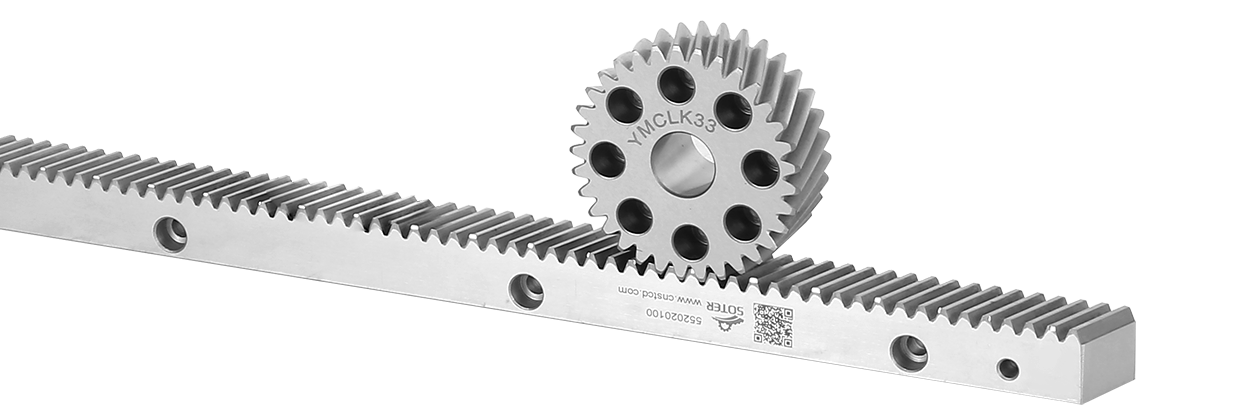Jul 25, 2025
Helical gear racks are essential components in many mechanical systems, responsible for converting rotational motion into precise linear motion. Their performance and longevity significantly influence the reliability of machinery. Improving the wear resistance and extending the service life of these components are, therefore, critical goals for engineers and manufacturers. This article outlines key strategies to achieve these objectives.

Selecting Suitable Materials for Durability
Material choice fundamentally impacts the wear resistance of a helical gear rack. High-quality alloy steels, such as chromium-molybdenum or nickel-chromium steel, are commonly preferred due to their good mechanical strength and toughness. These materials can endure high contact stresses and resist deformation under load.
Additionally, advanced composites or surface-hardened steels may be employed in applications demanding good wear performance. The core material should combine toughness with the ability to support surface treatments that enhance hardness.
Applying Effective Heat Treatment Techniques
Heat treatment processes significantly enhance the surface hardness and fatigue resistance of gear teeth. Common techniques include carburizing, nitriding, induction hardening, and flame hardening. Carburizing introduces additional carbon into the surface layer, creating a hard, wear-resistant shell while maintaining a tougher, more ductile core.
Nitriding forms a hard nitride layer without requiring quenching, reducing distortion risks. Induction hardening offers localized hardening with high precision. The choice of treatment depends on factors such as gear size, load requirements, and manufacturing considerations.
Precision Manufacturing and Surface Finishing
Accurate machining and finishing are crucial to reducing surface roughness and ensuring proper tooth geometry. Precision grinding and honing reduce micro-abrasions and irregularities on tooth surfaces, decreasing friction during meshing.
Improved surface finish causes better contact conditions, which lowers wear rates and enhances load distribution. Strict adherence to manufacturing tolerances also helps prevent misalignment and uneven load sharing, common causes of premature wear.
Implementing Advanced Lubrication Practices
Lubrication is vital to reduce friction and wear between mating teeth. Selecting the right lubricant depends on operating conditions such as speed, load, temperature, and environmental factors. High-performance gear oils with additives that provide anti-wear and pressure protection are recommended.
Synthetic lubricants often offer good thermal stability and oxidation resistance compared to conventional oils. Regular monitoring and maintenance of lubrication systems ensure consistent delivery and prevent contamination, which can accelerate wear.
Optimizing Design Parameters for Load Distribution
Design adjustments can enhance durability by promoting even load distribution and reducing stress concentrations. Modifying the helix angle within a suitable range can increase the contact ratio, allowing multiple teeth to share the load simultaneously.
Tooth profile modifications, including the use of profile shifting and crowning, help prevent edge loading and reduce localized stresses. Employing finite element analysis during the design stage enables engineers to predict stress patterns and make informed adjustments.
Routine Inspection and Preventive Maintenance
Regular inspection helps detect early signs of wear, such as pitting, scoring, or abnormal noise. Monitoring operational parameters like vibration and temperature can reveal issues before failure occurs.
Preventive maintenance, including timely lubrication, alignment checks, and cleaning, prolongs the helical gear rack’s lifespan. In some cases, worn teeth may be refurbished by grinding or recoating to restore surface properties.